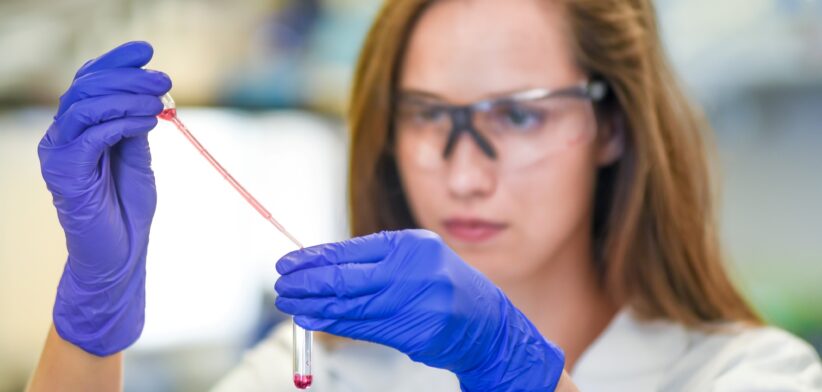Children with leukaemia could have access to improved treatment options in the future thanks to a world-first breakthrough by Australian researchers.
A team, led by scientists at the Murdoch Children’s Research Institute (MCRI) in Melbourne, have created blood stem cells in the lab that closely resemble those in the human body, which could lead to personalised treatments for children with leukaemia and bone marrow failure disorders.
MCRI Associate Professor Elizabeth Ng said the team had made a significant discovery in human blood stem cell development, paving the way for these lab-grown cells to be used in blood stem cell and bone marrow transplants.
“The ability to take any cell from a patient, reprogram it into a stem cell and then turn these into specifically matched blood cells for transplantation will have a massive impact on these vulnerable patients’ lives,” Professor Ng said.
“Prior to this study, developing human blood stem cells in the lab that were capable of being transplanted into an animal model of bone marrow failure to make healthy blood cells had not been achievable. We have developed a workflow that has created transplantable blood stem cells that closely mirror those in the human embryo.
“Importantly, these human cells can be created at the scale and purity required for clinical use.”
Professor Ng said, in the study, immune-deficient mice were injected with the lab-engineered human blood stem cells.
“It found the blood stem cells became functional bone marrow at similar levels to that seen in umbilical cord blood cell transplants, a proven benchmark of success,” he said.
“The research also found the lab-grown stem cells could be frozen prior to being successfully transplanted into the mice. This mimicked the preservation process of donor blood stem cells before being transplanted into patients.”
The researchers said the next stage of the research, likely in about five years with government funding, would be conducting a phase one clinical trial to test the safety of using these lab-grown blood cells in humans.








